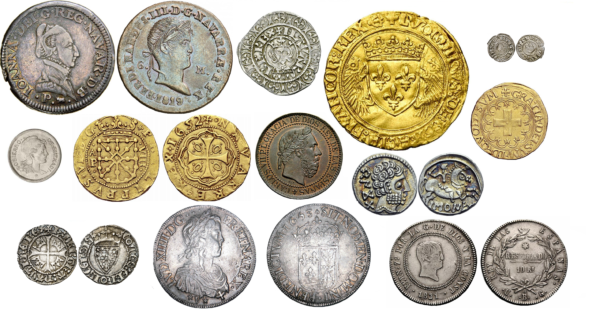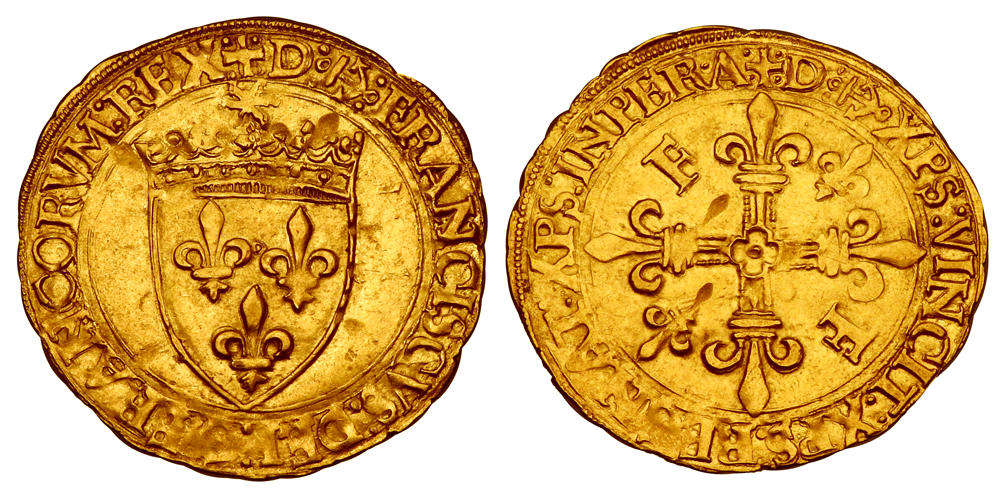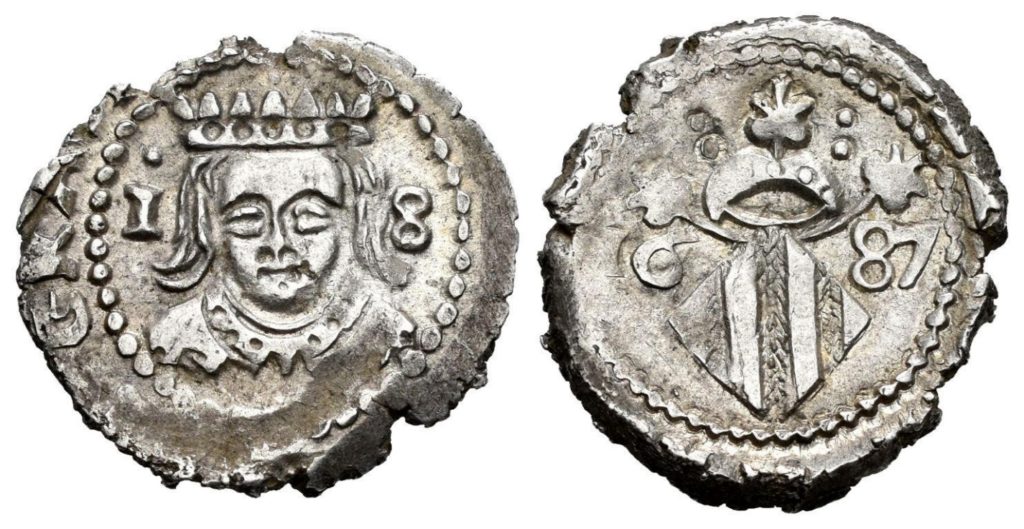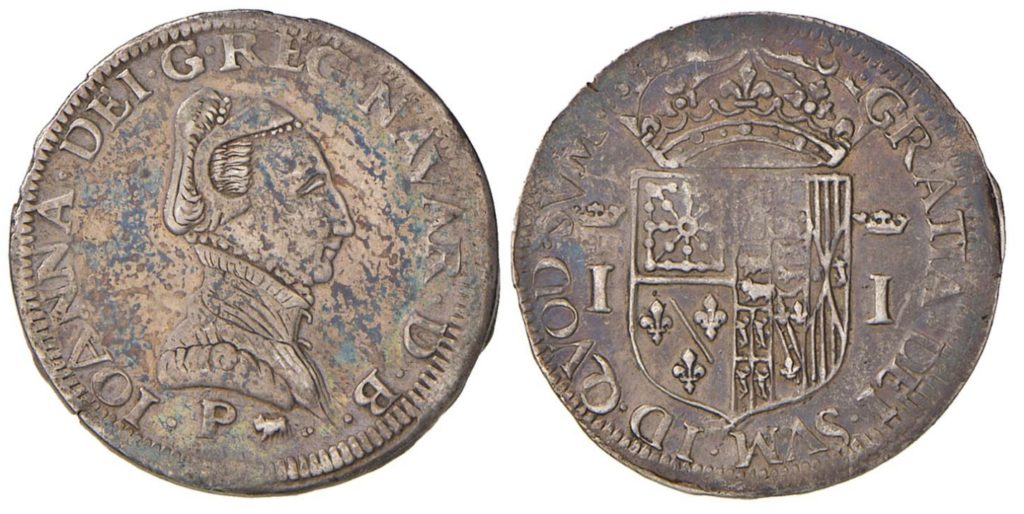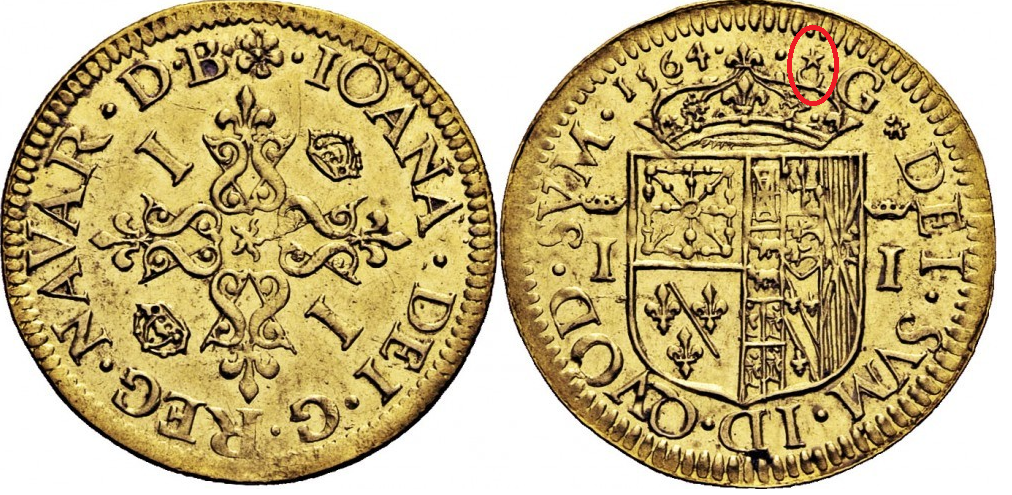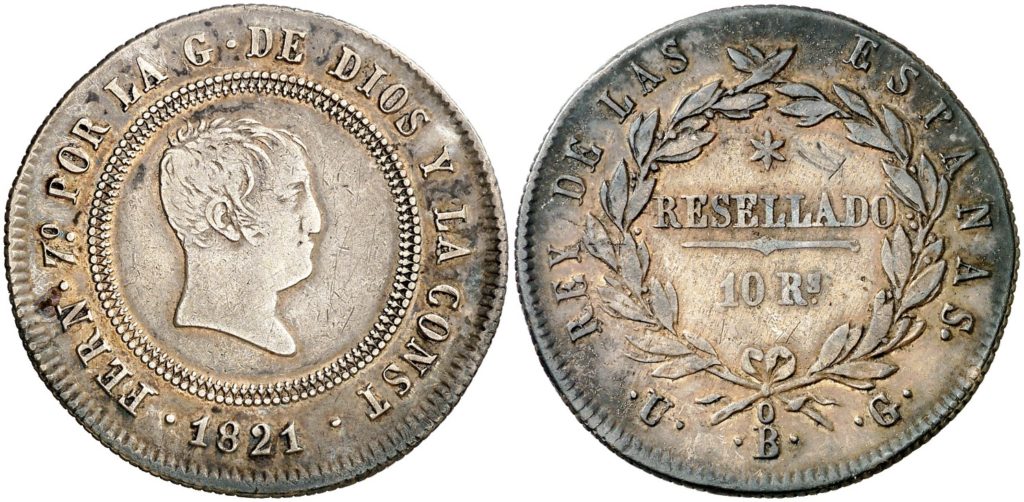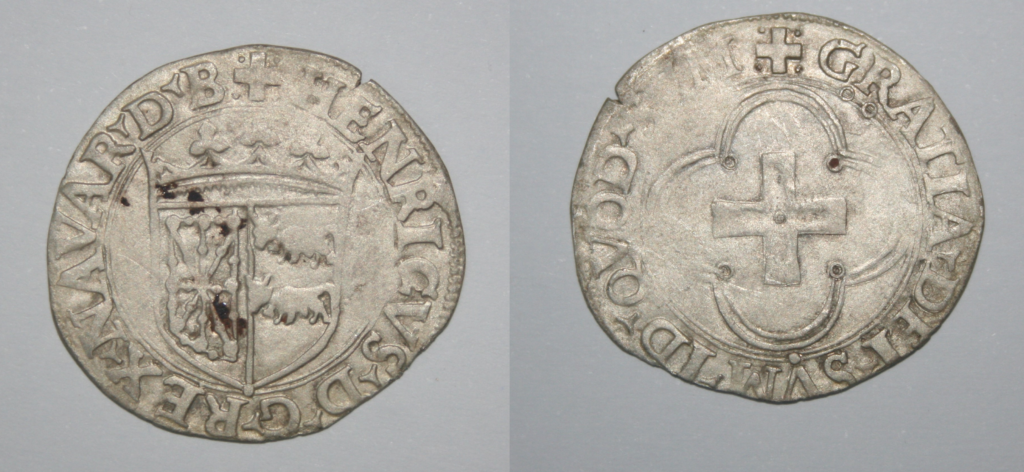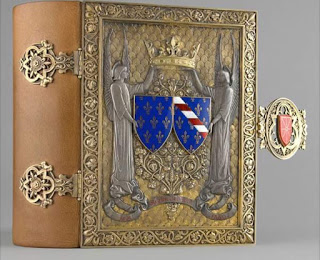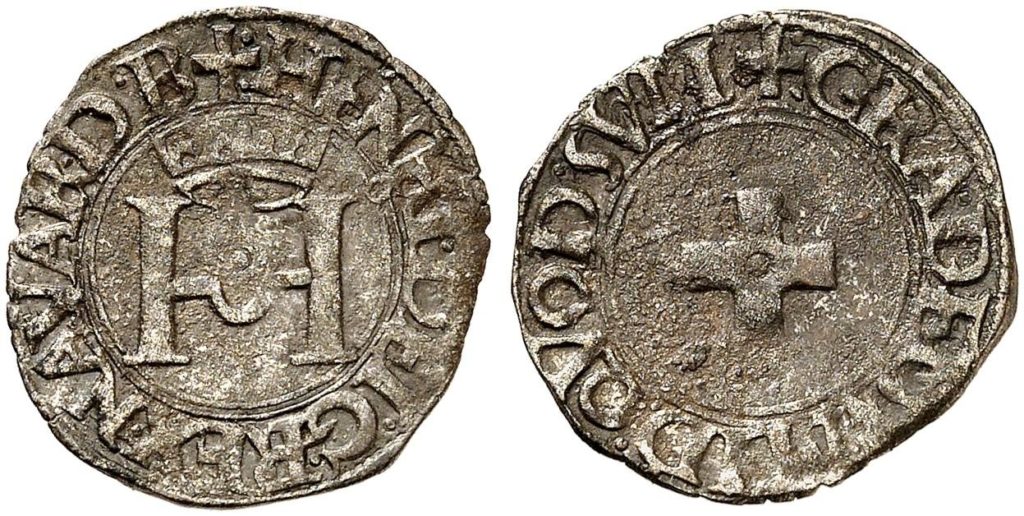A look at the Bayonne Mint – Part 1, Hammer by hammer
Gaur egungo euskal lurraldeetan izandako txanponetxe emankor eta oparoena Baionako txanponetxea izan zen. XVI eta XVII. mendeetan zehar, Nafarroako erresumaren txanpongintzaren garrantzia eta oparutasuna txikiagotzen zen bitartean (bietan bai Nafarroa Garaian eta bai Behenafarroan), Baiona Frantziako txanponetxe garrantzitsuenetakoa izatera iritsi zen. Hala ere, Baionako txanponketak frantziar erregeen agintepean eta izenpean egin ziren einean, Nafar txanpongintzak […]
A look at the Bayonne Mint – Part 1, Hammer by hammer Read More »
